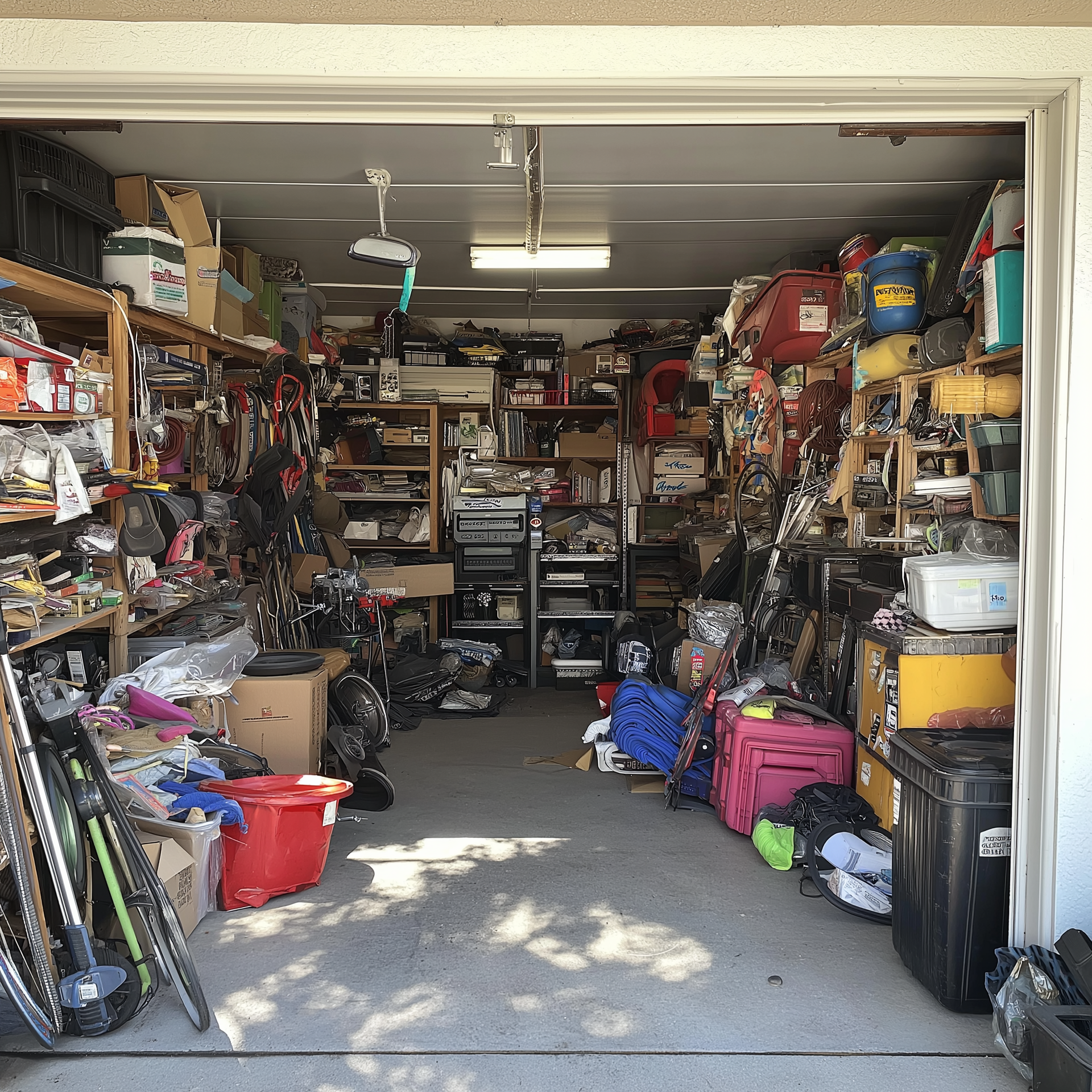Recycling is more than just a buzzword; it’s a lifestyle choice that can significantly impact our environment. But how do we know what to recycle? The answer lies in understanding recycling codes. Each code, usually found at the bottom of plastic items, signifies the type of material and its recyclability. In this comprehensive guide, we will explore the different recycling codes, what can be recycled, and the importance of proper waste management.
Understanding Recycling Codes: What Can Be Recycled?
Recycling codes are numerical identifiers assigned to products made from various types of plastic. These codes provide crucial information about how to handle materials once they’ve reached the end of their useful life. The numbers range from 1 to 7 and indicate different resin types, each with unique properties and recycling processes.
The Importance of Recycling
In an age where waste is accumulating at an alarming rate, recycling serves as a beacon of hope. It helps conserve natural resources, reduces landfill waste, and decreases greenhouse gas emissions. Through effective junk removal strategies and education on hauling services, we can all contribute to a cleaner planet.
The Seven Recycling Codes Explained
1: PET or PETE (Polyethylene Terephthalate)
Commonly found in drink bottles and food containers, PET is one of the most widely recycled plastics. It’s lightweight yet strong, making it ideal for packaging.
- Recyclability: Yes Uses of Recycled Material: New containers, clothing fibers
2: HDPE (High-Density Polyethylene)
This type is often junk pickup services used for milk jugs, detergent bottles, and some plastic bags due to its durability.
- Recyclability: Yes Uses of Recycled Material: Pipes, plastic lumber
3: PVC (Polyvinyl Chloride)
PVC is commonly seen in pipes and vinyl siding but isn’t typically accepted in curbside recycling programs.
- Recyclability: Limited Uses of Recycled Material: Flooring tiles, new pipes
4: LDPE (Low-Density Polyethylene)
Often used for shopping bags and some food wraps, LDPE isn’t widely accepted in curbside pickup but can be recycled through specific programs.
- Recyclability: Limited Uses of Recycled Material: Floor tiles, shipping envelopes
5: PP (Polypropylene)
Used in yogurt containers and straws, polypropylene has a higher melting point compared to others.

- Recyclability: Yes Uses of Recycled Material: Brooms, bins
6: PS (Polystyrene)
Commonly known as Styrofoam, polystyrene is not recyclable in many areas due to its lightweight nature.
- Recyclability: No Alternative Disposal Methods: Junk pickup services for large quantities
7: Other (Various Plastics)
This category includes various plastics that don’t fit into the other six categories. Their recyclability varies widely based on local regulations.
How Do Recycling Codes Help Us?
Understanding these codes enables consumers to make informed decisions about their waste disposal habits. By checking each item’s recycling code before tossing it into your bin or calling for furniture removal or mattress removal services, you can greatly improve your contribution to sustainability efforts.
What Can Be Recycled? A Comprehensive List
Plastics
Beyond knowing about the seven types of plastics listed above:
Containers marked with recycling codes 1 and 2 are generally safe bets. Avoid putting non-recyclable plastics like Styrofoam in regular bins; consider junk hauling services instead.Metals
Aluminum cans (like soda cans) and tin cans are highly recyclable:
- Ensure they are clean before disposal.
Paper Products
Most paper products are recyclable:
- Newspapers Cardboard boxes (flattened)
However:
- Waxed paper or greasy pizza boxes should be discarded as they cannot be recycled easily.
The Role of Junk Removal Services in Recycling
When you opt for junk removal or junk hauling services for large items like appliances or furniture that can't be recycled through regular means:
These services often sort through your junk. They may take items to appropriate facilities where they can be recycled properly.By using professional hauling services, you ensure that more materials get diverted from landfills.
FAQs About Recycling: Your Questions Answered
1. Can I recycle pizza boxes?
Answer: Generally no; if they have grease stains or food residues.
2. What should I do with non-recyclable plastics?
Answer: Consider using junk pickup services that specialize in proper disposal methods.
3. Are there limits on how many times something can be recycled?
Answer: Yes; certain materials degrade after multiple cycles but still have significant value even when down-cycled into other products.
4. What role do consumers play in the recycling process?
Answer: An essential one! Proper sorting helps ensure that recyclable materials reach their intended facilities rather than ending up in landfills.
5. Is it better to reuse items than recycle them?
Answer: Absolutely! Reusing extends an item's life cycle far beyond what recycling can achieve while reducing overall consumption rates.
6. How do I find local recycling guidelines?
Answer: Check your local government website or community resources—many municipalities have specific guidelines available online!
Conclusion
Understanding recycling codes isn't just about numbers; it's about taking action towards a sustainable future. By familiarizing yourself with these codes and implementing proper practices like utilizing junk removal or hauling services when necessary, you're not only minimizing waste but also contributing positively to environmental conservation efforts.
Adopting responsible habits around recycling leads us toward achieving broader environmental goals while fostering community engagement through educational outreach on topics like furniture removal or mattress disposal options available locally!
With this guide in hand—consider yourself equipped! Remember to check those codes before tossing anything away—they really do matter!